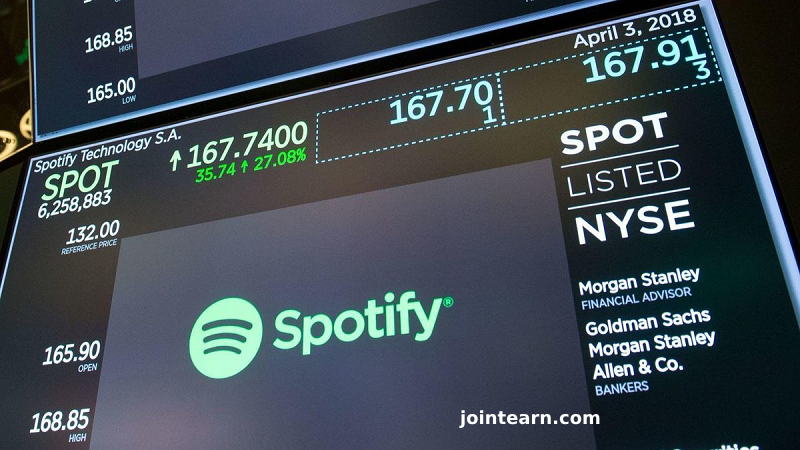Meta has officially launched Llama 4, the latest generation of its flagship AI model family, introducing a powerful lineup that includes Llama 4 Scout, Llama 4 Maverick, and the upcoming Llama 4 Behemoth. These new models represent a major leap in multimodal AI capabilities, featuring advanced reasoning, long-context processing, and a cutting-edge mixture of experts (MoE) architecture.
What’s New in Meta Llama 4?
Meta’s new Llama 4 models were trained on massive datasets of unlabeled text, images, and video, giving them broad visual and contextual understanding. According to Meta, the Llama 4 family is designed to perform across diverse use cases, from code generation and document summarization to complex reasoning and multimodal analysis.
- Scout: Lightweight and efficient, ideal for document summarization and processing large codebases. It boasts a 10 million token context window and can run on a single Nvidia H100 GPU.
- Maverick: Tailored for general assistant and conversational AI tasks, with 400 billion total parameters and 17 billion active parameters spread across 128 experts. Requires more powerful hardware like the Nvidia H100 DGX system.
- Behemoth (in training): With a staggering 288 billion active parameters and nearly 2 trillion total parameters, this model is designed to push boundaries in STEM and math problem solving.
Multimodal AI and Global Rollout
Meta’s Llama 4 AI assistant is now integrated into apps like WhatsApp, Messenger, and Instagram in over 40 countries. However, multimodal features — including image and video comprehension — are currently only available in the U.S. and in English.
Availability and Licensing Restrictions
Both Llama 4 Scout and Maverick are available for developers through Llama.com, Hugging Face, and Meta’s ecosystem partners. However, Meta has imposed notable licensing restrictions:
- Companies or users based in the EU are prohibited from using or distributing Llama 4 models.
- Organizations with over 700 million monthly active users must apply for a special license, which Meta may grant or deny at its discretion.
These terms reflect Meta’s cautious approach to AI governance and regulatory compliance, particularly in light of stringent European data and AI laws.
Performance Benchmarks and Competitor Comparison
According to Meta, Llama 4 Maverick outperforms popular models like OpenAI’s GPT-4o and Google Gemini 2.0 on benchmarks involving code generation, reasoning, multilingual support, and long-context tasks. However, it still falls short of more advanced models such as Claude 3.7 Sonnet, Gemini 2.5 Pro, and GPT-4.5.
The Llama 4 Scout model stands out with its extreme context capacity, making it a top performer in scenarios that involve large-scale document and image processing.
A Shift in AI Content Moderation and Political Neutrality
Meta claims it has fine-tuned Llama 4 to be more balanced and responsive when handling sensitive or politically charged queries. Unlike previous versions, Llama 4 is more likely to provide informative answers on controversial topics, while minimizing content refusal and maintaining factual neutrality.
This change follows criticisms — including from prominent figures like Elon Musk and David Sacks — that major AI platforms are “politically biased.” Meta aims to set itself apart with Llama 4 by promoting viewpoint diversity and increased transparency in AI behavior.
What’s Next for the Llama Ecosystem?
Meta refers to Llama 4 as “just the beginning” of a new era for its AI model ecosystem. With Behemoth still in training and more model variants likely on the horizon, the Llama 4 series is set to play a central role in Meta’s AI strategy — and the broader competitive landscape of open-source large language models (LLMs).











